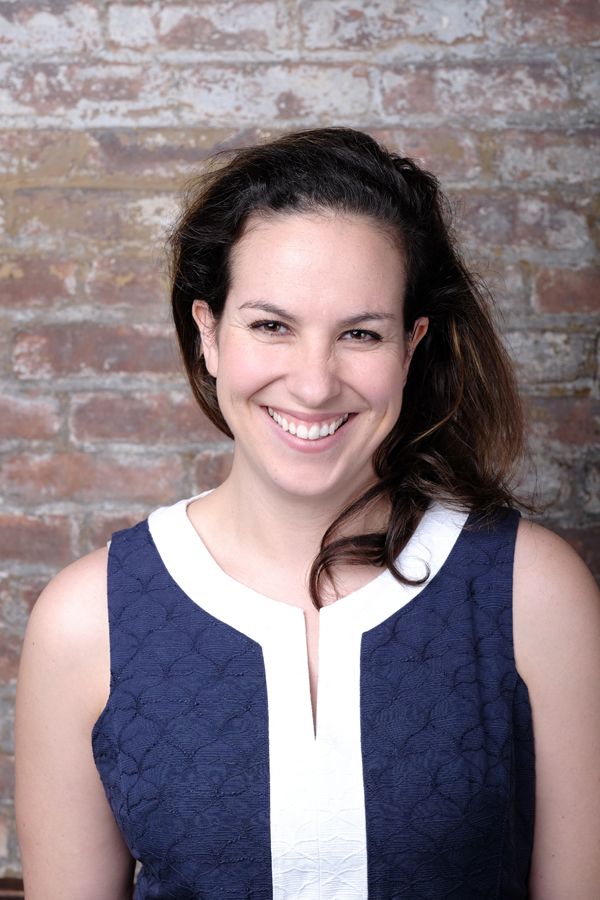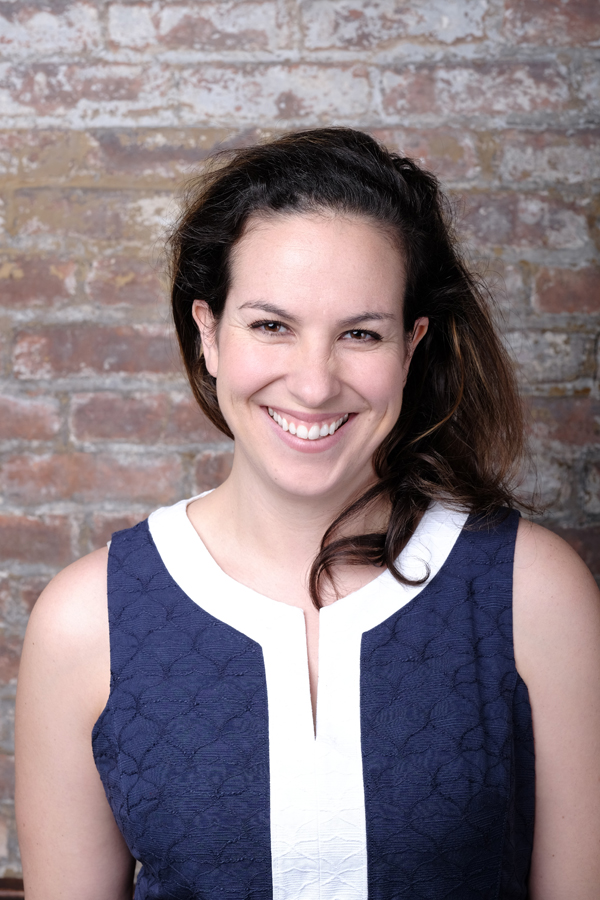Extended Tailgate: Katherine Boorman, Designer

KATHERINE BOORMAN, Designer This operations director for the firm OneButton specializes in making technology an unobtrusive part of home design
At what stage in the design/build process do you get involved?
The earlier we get involved in the design/build process, the better. It helps us integrate further into the design up front. In an ideal world, home automation is synced up when your planning, so that way your subsequent planning items get thought of with that control system in mind. For example, if you know you are going to have a motorized shade, you would choose window handles or cranks that accommodate it without interfering with its operation. At a minimum, before drywall goes up. Right now, something that’s nice is that the home-automation world has come up with an array of retrofit solutions, so we are able to join at any stage of the job. But, again ideally, from a cost and design perspective, the earlier we get involved the more streamlined and elegant we can make it.
We often discuss a house as a system here, if what you are describing is built into the vision from the beginning, it will be more of a whole rather than an afterthought.
Exactly. You wouldn’t start framing a building without knowing where the kitchen or the bathrooms are, and I feel like technology is entering that realm of importance now.
It seems quite unusual that the work you are doing is not an arm of a larger design studio, but it is your devoted work.
It is our devoted work because the type of work that a technology design firm provides is so specialized and requires so much research and attention to detail that it really does have to stand on its own two legs. We are finding our partners in the market-architects, designers, builders, and GCs-are bringing us on to jobs before a majority of other’s have been brought on board. We’ve had clients who have signed us up before they’ve even chosen an architect, designer, or GC.
How much of a learning curve is involved for those on the front lines of executing the details of your designs?
It is more of a wall than a curve. Every customer has a technology need and custom design requirement and each case involves unique wiring set ups. We put together very clear wiring plans and we work on site with all of the partners in the field electricians, GCs, builders. We are there from the beginning explaining how the system works, why we need this wiring here, toning wires, ensuring that everything is moving smoothly throughout the process. It is like a wall they have to leap over but once they are over it the first time, it becomes easier in subsequent projects to develop a workflow together. Part of that wall is integrating completely foreign concepts, such as programming and wireless technology to trades that are traditionally used to tangible concepts, but they seem to be hurtling over that wall quite well. I think a lot of it is because there is a firm like us there willing to walk them through it every step of the way.
Tell us about Savant.
Savant is the most common software platform we use. It has a main-control app, which is capable of tying pretty much everything together-temperature, security, audio/visual, you name it.
How would you characterize your design or experience methodology?
The design methodology that we have is tight integration of technology with the aesthetic environment that’s prescribed by both the client and interior designer. One Button will put together a simple technology platform for a home that will shakes hands with the different aspects the existing design, so that technology is integrated into their experience but not invading their space.
How do you see technology experience becoming the new normal?
I think the modern world has been normalizing technology experience for quite a while now. Technology is how we primarily connect to the world, so it generates and emotional and intellectual response, because more and more we living though it as a medium. I think it is driven largely by devices like the iPhone. Consumers already have this expectation based off of their experience with it, so their interfacing with all the things in their life through phones or tablets. We take all of these aspects into consideration when determining how to design space for a client.
What are some of the other platforms you use for automation?
Much of our lighting and shading integration is through Lutron and they provides very reliable hardware, which is a great basis for utilizing software on top of it. This is not software over great hardware like Lutron or Sonos, its how we put together our systems. What’s really exciting is that these systems are currently proprietary, but their in the process of developing a more open standard to integrate with other devices on the market like the Apple Watch.
How are your systems poised to adapt?
We are constantly adapting. The hardware we use is always being updated through software create deeper functionality and stability. We are always keeping afoot with the latest and greatest and testing it for ourselves before implementing it in the field.
The National Resources Defense Council recently released a report stating that the phantom loads of appliances and electronics waste an estimated $19 billion a year. Do you see connectivity as a corrective or a contributor to phantom loads?
Some devices do go into an idle state. Certain devices are more of an offender than others. I would readily put up the cable box as the prime offender out there. On average each cable box consumes up to 35w a day, whether they are on or off. It’s an incredible amount. Most of the other phantom loads for technology in the home combined are unlikely to equal that. I would definitely say there is a call on the market now to fix that specific issue, but overall I would say utilizing a lighting control system will enable you to help save energy, because when you go out the door or go to bed at night and press the all-off button you ensure that all of the lights are turned off rather than leaving a basement light on for three days. I think home automation, by putting a control right in front of you, makes you less likely to forget about things that have been left on.
Beyond the basics, what are some visionary controls you have seen?
One item that we have recently been using is called the August lock, and its a near-field lock that you can add any user to and remotely access to lock and unlock your door. We have found that, of some of the new technology out there, the August lock is fantastic. That said there are many ideas out there by people who will take a machine-gun approach to everything and certain things will end of sticking better than others. From a practicality standpoint more than anything. Having a sense of security about your house being locked takes priority over a refrigerator that tells you need to get milk at the grocery store. I think there are certainly many good things coming out of this creative atmosphere of the connected world and the internet of things.
Do you see a future of wireless electricity in homes like what Nikola Tesla was working toward all those years ago out on Long Island?
I think we will find the world more strongly connected to all of its devices through the internet infrastructure and it will be less about a proprietary way of programming or controlling and more about adding it into the pool of things and what you can do with it once it’s online. I would say that the home itself is going to catch up a little bit closer with the technology that is currently around and evolving in most automobiles. You will be able to have your home environment tailored to you. Your home will know when you’re there and what you like to do, so it will adjust the temperature, adjust the lights, and make a more personal experience.
Do you have an optimistic view of how we might optimize technology in the home without sacrificing privacy? The sociology of it all seems to reach an interesting crossroads where home–this great symbol of individuality, privacy and security–becomes more deeply connected to the outside world.
I would say the younger generation has less hesitancy toward global sharing as I call it. I think they are more comfortable with expressing their views to the world in social networking and so on, and I think that technology in the home is still a personal and private space. I think the ability to protect ourselves will increase in proportion to our ability to share.
Fine Homebuilding Recommended Products
Fine Homebuilding receives a commission for items purchased through links on this site, including Amazon Associates and other affiliate advertising programs.

Handy Heat Gun

Reliable Crimp Connectors

8067 All-Weather Flashing Tape























